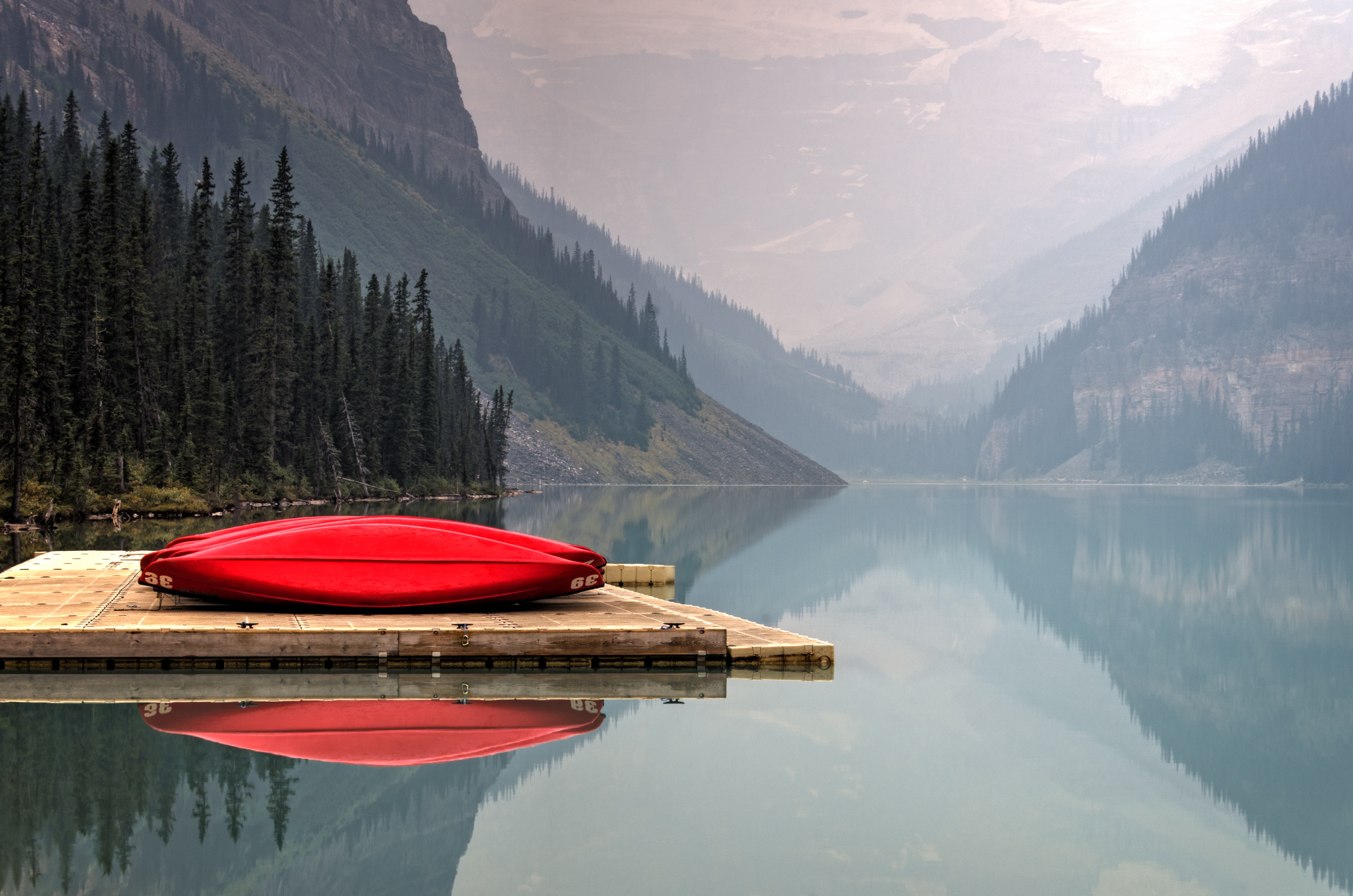Once you’ve chosen the setting of your book—which we discussed in Part 1 of this series—it’s important to spend time researching the setting so you can portray this location accurately.
Here’s how you can research your setting:
- Take a research trip to your setting (if feasible).
- Watch YouTube videos. Many times, people will give a “virtual tour” of a certain city. As you watch, pay close attention to the sights and sounds of the place.
- Research the location and its history through various online resources. (Keep in mind, however, that some websites, such as Wikipedia, may not provide 100% accurate information and should not considered a reliable source.)
- Read books about the location, including memoirs.
- Read the online newspaper of the location.
- Discover pictures of the place via Pinterest. (Make sure to pin them to your storyboard as well!)
- Interview people who have a connection to the location.
- Research the city through www.areavibes.com. This website allows you to explore a location and discover its amenities, housing and neighborhoods, population, economics, crime, weather, etc. It will even compare these results with another location as well.
- Take advantage of Google Earth and its street view feature.
The same amount of work must be applied to settings that are invented as well. Obviously, you can’t research the setting—but by using the above and below checklists, you can brainstorm specific location details. (If you do this, you might even be able to trick your readers into believing that your setting is an actual place!)
When you research/invent your setting, I recommend recording the info in an online file or notebook. As you do, take note of the following:
- What unique elements does the place have that contribute toward its personality? Are there rolling hills? Willow trees that form a canopy over a certain street? Farm animals held behind fences?
- How do people speak? What is their dialect and popular slang?
- Where is the place located geographically?
- What is the climate in every season?
- What is the history of the location, and how has it shaped the setting into what it is today?
- What is the most popular religion? (For instance, is it located in the Bible belt?)
- What are the socioeconomics?
- What is the atmosphere? Is it a laid back town in the south, where people are accustomed to a slow-paced lifestyle, or does it take place within the hustle and bustle of NYC?
- What are the popular fashion and hairstyles?
- Where people shop for food, coffee, groceries, clothes, ice cream, etc.?
- What are the significant landmarks and parks?
- Where do the teenagers hangout?
- What kind of animals can be found in the location? Plants? Insects?
- If it’s a small town, what big city is it located near?
- What are the popular street names?
As you research, you will collect facts about this location; however, when you write your story, these facts must be filtered through the eyes of your POV character. Everyone is going to have a unique attitude toward a specific location. This attitude is influenced by a number of factors: the person’s personal experiences, memories, personality, worldview, etc. Their perception of this setting is also a great tool to contribute to the book/scene’s particular mood/emotion.
For example, the following excerpt is the first page of my YA novel, PURPLE MOON:
“Why couldn’t you just leave me alone in our apartment for the summer, Mom? I’m sixteen. I’m responsible. Mostly mature.”
Our Camry swerves as we turn into Lakeview Estates. Three-‐‑story homes span the landscaping that stretches for acres then tucks into the bordering lake.
Families visit here every year for summer vacation. The majestic mountain peaks that outline the water of Lake Lure offer a refuge of seclusion to escape the stress of hectic lifestyles. No words describe the beauty of this place.
Yet I shut my eyes and sink further into the seat, trying to wish myself away. Somewhere else. Maybe to the fairy tale land that I used to imagine when I was a kid. I would even welcome the idea of turning around and driving all the way back to Brooklyn.
Anywhere but here. ”
(c) Purple Moon by Tessa Emily Hall – 2013 – Published by Lighthouse Publishing of the Carolinas
Based on that excerpt, what would you say is the attitude that my protagonist, Selena, has toward the setting?
The fact about the setting, which is included in this excerpt, is that Lake Lure is a beautiful tourist location. But it’s clear that Selena is not happy to be there. She portrays this not only through internal monologue, but through her body language as well (sinking into her seat and closing her eyes).
Later, Selena reacts to the thick humidity of Lake Lure by mentioning how she should have brought more summer clothes. Why wasn’t she prepared for the hot weather? Probably because she was accustomed to living in Brooklyn, NY, which is a much cooler climate than Lake Lure, even in the summer.
Do you see how one’s memories, personality, and background all come into play when describing the setting of a novel?
“I wouldn’t have thought a simple sketch of a lake could have so many emotional strings attached to it. But it does. For me, at least.” ~Selena from PURPLE MOON
So ask yourself: How does my protagonist connect to the setting? You can brainstorm this by asking the following questions:
- What are her significant memories of certain areas of the location? What are the sights, sounds, smells, etc. that remind her of these memories, and what is her attitude toward them?
- Is this her birthplace? If not, when did she move there, and how does it compare with the other places she has lived?
- How has this location influenced her personality and worldview?
- Where does your character go during her free time?
- What street does she live on?
- What kind of house does she live in?
- Where does her family fall on the socioeconomics scale?
Remember:
The setting of a story should be treated as if it were another character, so make sure to research it beforehand.
Then, when you begin to write, highlight on the specific details that will breathe life into your setting. However, make sure that this is presented through the eyes of your POV (Point of View) character.
Through proper developing and portraying your setting, you will give your readers the opportunity to become transported into the story’s location . . . and they’ll never once have to leave the comfort of their own home. 😉
[bctt tweet=”How to Choose, Develop, & Research a Setting: Part 2 #amwriting #writingtips” username=”tessaemilyhall”]
Do you prefer to invent a location, or choose an already-existing one? What’s your favorite part about researching the setting? Let me know in the comments!







No Comments